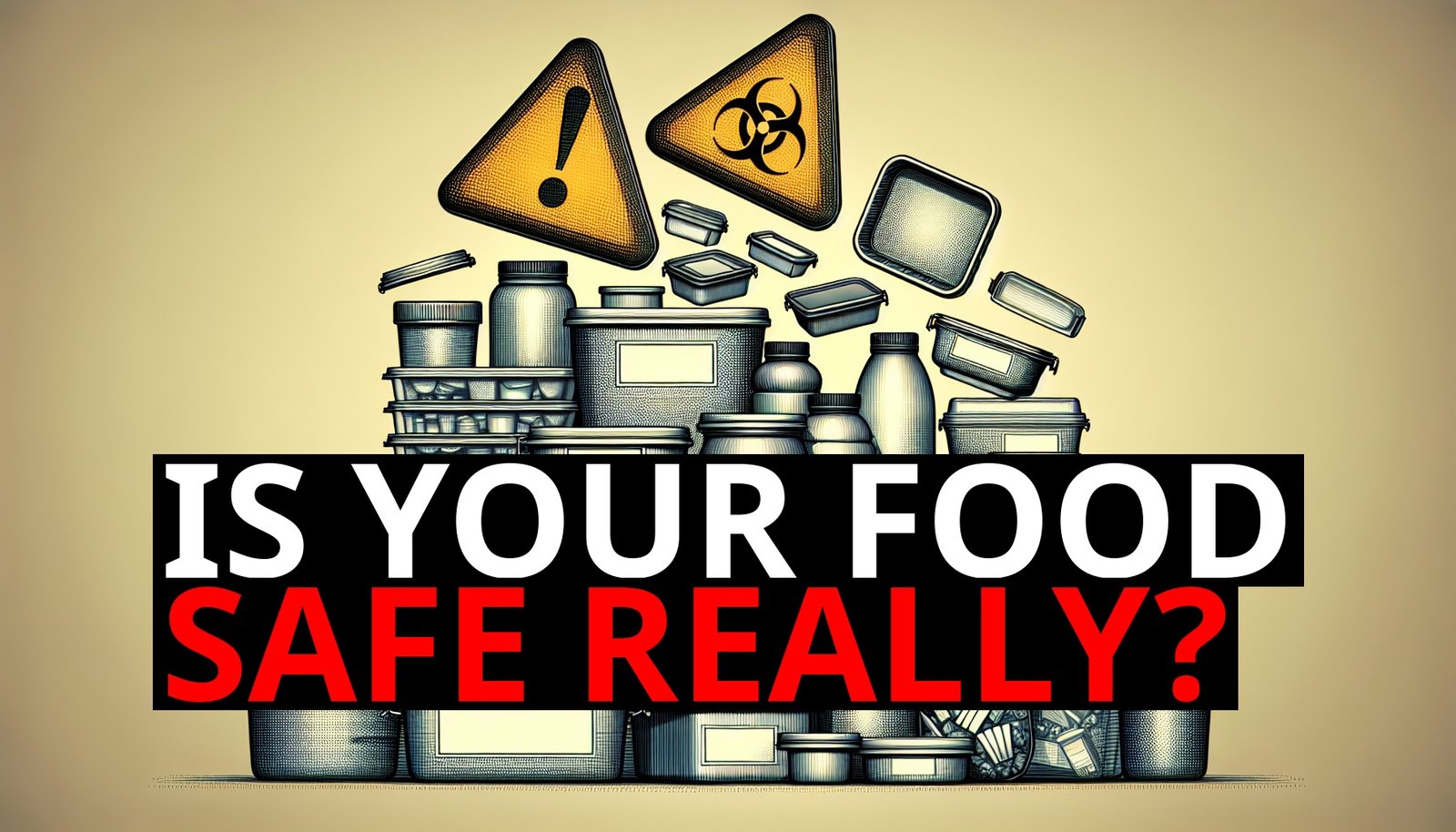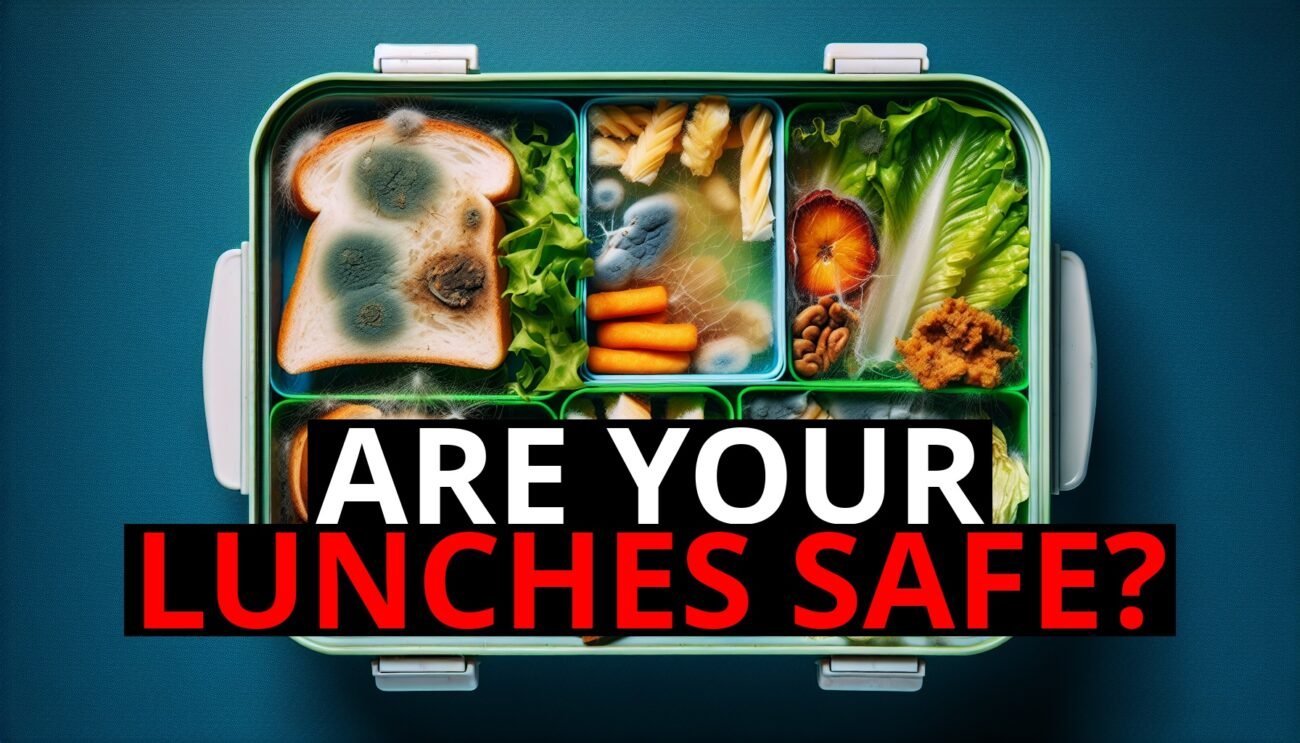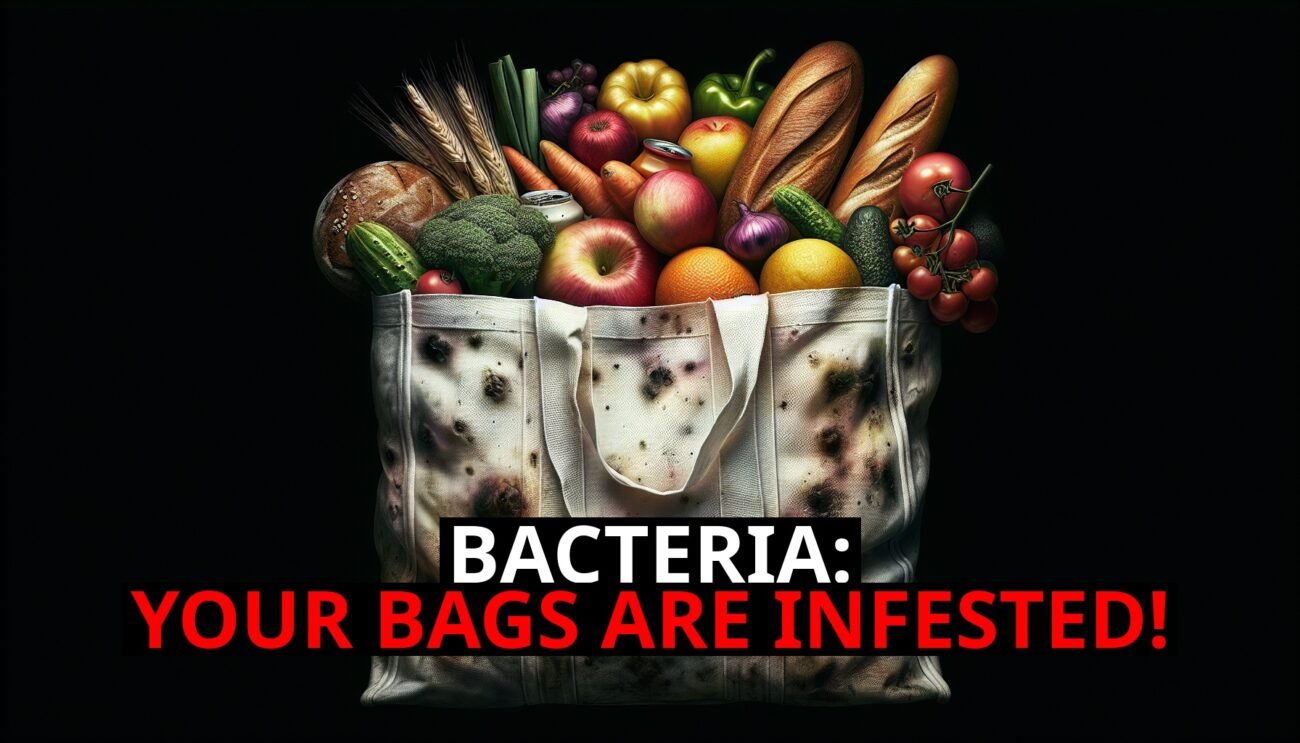The Bpa-Free Label You Trust—But Should You?
You’re standing in your kitchen, pulling out a food container to pack your lunch. It’s BPA-free, so you’re feeling good about your choice—after all, you’ve done your homework. You know that BPA is a chemical linked to health risks, and you’ve switched to products that proudly display the “BPA-free” label. But what if I told you that this label might not be the safety net you think it is?
Yes, you’ve avoided BPA, but are you really avoiding the risks? The truth is, your BPA-free food containers might still be harmful, thanks to the chemicals used to replace BPA. Let’s dig into the science behind these replacements and uncover why your food containers might not be as safe as they seem.
The Fall Of Bpa: A Quick Overview
Bisphenol A (BPA) was once the go-to chemical in the production of plastics, thanks to its ability to make plastics hard and clear. However, as research began to link BPA to hormone disruption, reproductive issues, and other health concerns, consumers demanded safer alternatives. The result? A wave of BPA-free products that promised to be better for your health.
But there’s a catch. To keep up with demand, manufacturers didn’t just remove BPA—they replaced it with other chemicals that could perform the same function. And here’s where the problem starts.
Meet The Replacements: Bps And Bpf
When BPA was phased out, it was often replaced by chemicals like Bisphenol S (BPS) and Bisphenol F (BPF). These chemicals are part of the same family as BPA, known as bisphenols, and they share similar properties. Unfortunately, they might also share similar health risks.
BPS and BPF are structurally similar to BPA, meaning they can interact with the body in much the same way. Studies have shown that these chemicals can mimic estrogen, potentially disrupting your hormone balance. This disruption can lead to health issues such as:
– Hormonal Imbalances: Like BPA, BPS and BPF can bind to hormone receptors in your body, leading to imbalances that affect everything from metabolism to reproductive health.
– Reproductive Health Risks: There’s growing evidence that these chemicals could affect fertility and reproductive development, raising concerns similar to those that led to the phase-out of BPA.
– Unknown Long-Term Effects: Because BPS and BPF are relatively new replacements, their long-term health effects aren’t fully understood yet. What we do know, however, suggests they could be just as risky as BPA.
So while your food containers might not contain BPA, they could still be exposing you to chemicals with potentially harmful effects.
The Bpa-Free Label: More Marketing Than Safety?
The “BPA-free” label has become a powerful selling point, reassuring consumers that they’re making a safer choice. But in reality, this label might offer little more than peace of mind—without the actual safety you’re looking for.
Many manufacturers use the BPA-free label to highlight the absence of one chemical, while quietly replacing it with others that haven’t been as thoroughly studied. The result is a product that might be free of BPA, but not free of health risks.
This situation exposes a broader issue: The reliance on marketing labels rather than understanding what’s truly in the products we use. Just because a product is labeled “BPA-free” doesn’t mean it’s free from other harmful chemicals—it simply means BPA isn’t in the mix.
How To Truly Protect Your Health
So, what can you do to avoid these hidden risks? Here are some practical steps to help you make safer choices:
– Opt for Alternative Materials: Consider using food containers made from glass, stainless steel, or food-grade silicone. These materials don’t rely on bisphenols like BPA, BPS, or BPF, making them safer options for your food storage.
– Look Beyond the Label: Don’t rely solely on “BPA-free” labels. Do some research on the materials used in the products you buy, and choose brands that are transparent about what’s inside.
– Minimize Plastic Use: Whenever possible, reduce your use of plastic containers, especially for storing and heating food. Heat can cause chemicals in plastic to leach into your food, so opt for safer alternatives when reheating meals.
– Stay Informed: Keep up with the latest research on chemical safety. As new studies are published, our understanding of the risks associated with various chemicals will continue to evolve.
Conclusion: Beyond Bpa-Free
The “BPA-free” label might seem like a step in the right direction, but it’s not the final answer to safe food storage. The chemicals used to replace BPA, like BPS and BPF, could pose similar risks, making it important to look beyond the label and consider the full picture. By making informed choices and opting for safer materials, you can protect your health and avoid the hidden dangers that might still be lurking in your food containers.













